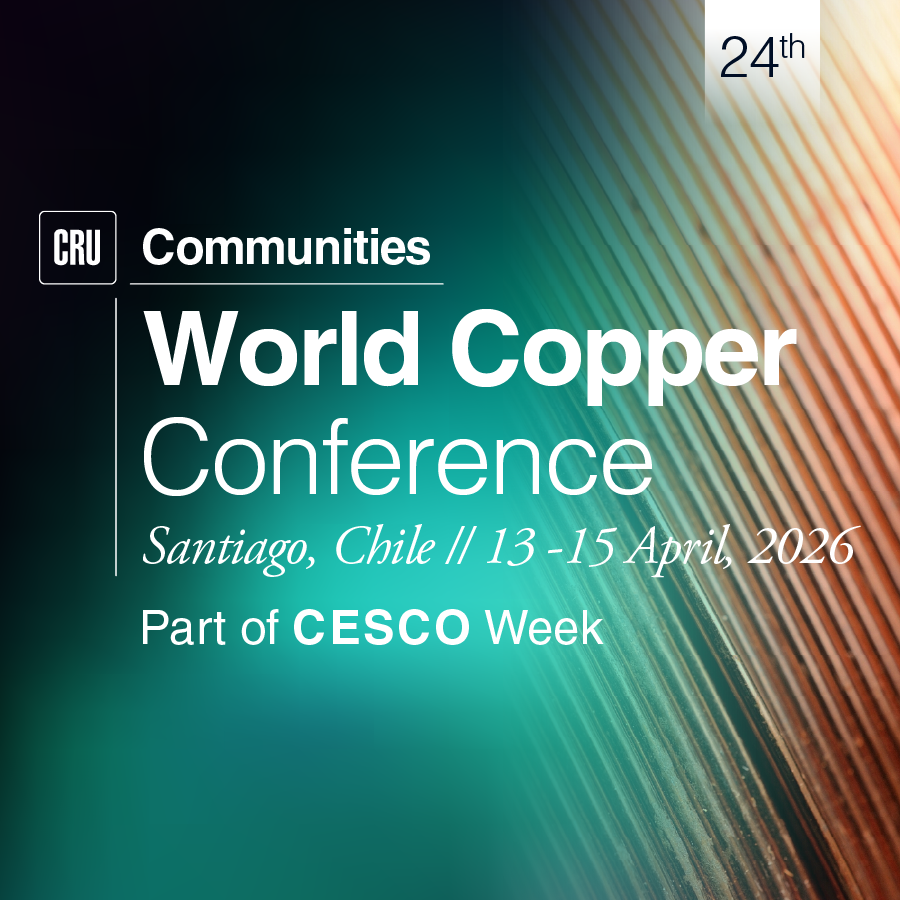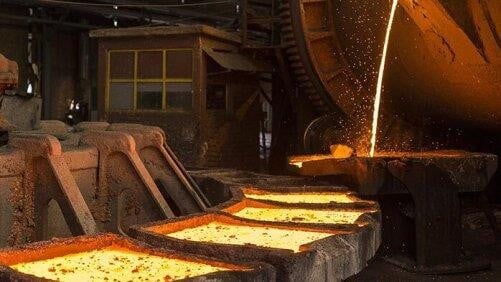Glencore published an investor update in mid-December, which included a large amount of information pertaining to the restart of the company’s Katanga operation in the DRC. This included an updated timeline, current upgrade procedures and new guidance production figures for copper and cobalt on the site – which suggests that cobalt production is likely to be much higher than initially expected.
Before this update, the last news published on the Katanga upgrade was a technical document released on the March 31st 2017, which gave a total production capacity target of 30ktpa of saleable cobalt (contained in cobalt hydroxide). This target annual production capacity was forecasted to be reached by 2019, with the site having a total capacity of 15ktpa in 2018. However, Glencore’s recent investor update has revealed an upgrade in the company’s expectations for cobalt production at the site, with their production guidance figures for cobalt output at Katanga now at 11ktpa in 2018 and 34ktpa in 2019. This is a strong indication that Glencore’s ongoing upgrade work on Katanga’s cobalt recovery circuit – including the development of sulphur burning capacity, additional acid storage capacity and the refurbishment of power infrastructure – has progressed smoothly in 2017.
Source: Glencore, CRU estimates
What implications does this have for the market?
Once fully operational, Katanga will be the largest cobalt-producing mining project in the world. As a result of this, small changes to CRU’s assumptions for Katanga production have a very large effect on our forecasted global supply-demand balance.
In previous market updates, CRU has forecasted a slower ramp-up and maximum production for Glencore’s Katanga project, with our base-case scenario being a ramp-up to 21.5ktpa by 2022. This was conservative in order to allow for possible disruptions to supply from acid and electricity shortages in the region, as well as technical issues which could have slowed the ramp-up of production. The weakness of regional infrastructure, especially given the size and scale of the project, was another reason for CRU’s more muted forecast for Katanga production.
For the cobalt market as a whole, CRU’s 2017 forecast has been for a sustained deficit in the cobalt market over the next 5 years due to very strong demand growth from the battery industry, combined with moderate mine supply growth. However, if Glencore’s production guidance is taken at face value, the cobalt market could switch from a sustained deficit to sizeable over-supply from next year onwards. This is highly contrary to the narrative currently seen in the cobalt market, suggesting that increased demand for cobalt may result in potential shortages in the mid-term.
What are the risks to the Glencore guidance?
While the recent Glencore announcement does suggest that good progress has been made on the Katanga project this year, there are still several potential risks which could prevent the project from reaching its guidance production figures in 2019.
The most likely near-term risk to production is the availability of sulphur dioxide. Historically, the Katanga project has relied on sulphuric acid for its leaching operations, which CRU understands it currently sources via truck from its Mopani operation in Zambia. However, Katanga’s new Whole Ore Leaching (WOL) process requires sulphur dioxide as the principle reagent in producing cobalt. This has required Glencore to commission a sulphur burner on the site, with which they can produce the sulphur dioxide required for the process.
There are two main risks associated with this. Firstly, if construction of the burner is delayed, then this could result in severe delays to cobalt production at Luilu, as cobalt cannot be produced without it for the WOL process. This is not the case for copper production, which will still rely on sulphuric acid which can either be transported from Mopani or bought on the spot market if required. Secondly, once the burner is up and running it will require a steady feed of elemental sulphur to be operational. This is likely to be supplied in bagged form by rail to Luilu railway station from South Africa via Zambia; however, the reliability and quality of railway services in this part of the world is very low, and given the large amounts of sulphur required to run the burner, there are significant risks of disruption initially while this new supply route is formed.
Another potential risk is the availability of power to run the operation. Power disruptions have caused large disruptions to mining and refining operations in the region in the past: for example, in their Q3 report this year, Glencore cited power disruptions at their Mopani operation as one of the principle reasons for reduced throughput at their Mutanda mine in 2017. Given the large scale of Glencore’s new Katanga WOL plant, there is a significant risk of power disruption delaying or lowering cobalt production at the project.
This risk has been somewhat alleviated by recent refurbishment work at the DRC’s Inga Dams, a large hydroelectricity facility which supplies most of the power in the region. However, electricity disruptions still pose a risk in the coming years as increased mining and smelting operations in the region draw more power from the national grid in future.
CRU’s view
Glencore has invested a large amount into mitigating the various risks involved in this project. However, as discussed above, CRU believes that significant unavoidable infrastructural and supply risks still exist at the site. Consequently, we are currently assuming that the ramp-up will be slower-than-forecasted, with the Katanga project ultimately reaching nameplate capacity by 2020 as opposed to the 2019 target currently given. CRU forecasts that maximum production at the site will likely reach 27ktpa, 7ktpa below guidance figures, to account for unforeseen disruptions and supply risks.
With this update to our supply assumptions, CRU expects that the market will re-enter a surplus in 2018, with oversupply reaching a peak in 2019. From 2019 onwards, accelerating demand from the nascent EV industry will draw down the oversupply before returning the market to a net-deficit in the early 2020s.
Source: CRU
Can we expect price softening in the mid-term?
Glencore’s recent announcement is likely to alleviate fears of cobalt supply shortages in the mid-term. However, the return to a net-oversupply market is unlikely to result in cobalt prices returning to pre-2017 levels.
While shortages are no longer a significant risk in the mid-term, there are still concerns in the market about cobalt supply in the long-term as the EV market matures. For this reason, we can expect that many big future consumers of cobalt like automotive companies, tech companies and battery manufacturers will choose to invest and stockpile cobalt in the coming years to mitigate supply risk in the long-term. This will likely involve signing off-take agreements with large producers – including Glencore – for consistent annual supply volumes. For this reason, there is likely to be plenty of end-user interest in large volumes of cobalt in the coming years, which will keep prices at elevated levels.
Alternatively, Glencore may choose to not put all of the cobalt volume produced to market. The Katanga project is first and foremost a copper project, and the project is already very profitable based on copper production alone. This gives Glencore a lot of freedom in terms of how it manages the cobalt produced, and given the projections of supply tightness in the future, they may decide to put aside a fraction of cobalt produced for storage and inventory-building in anticipation of further demand in the long-term. This will undoubtedly incur some working capital costs, but given the strength of Glencore’s balance sheet (as illustrated in their investor report), this is a cost that they would have the capacity to bear if required.
Source: CRU
Because of this, we do not expect our price forecast to change dramatically as a result of the Glencore announcement. If the cobalt price continues to be volatile in the mid-term then this will further spur on efforts by end-users to lower cobalt usage in batteries, leading to much lower demand in the long-term. Because of this, CRU expects that major producers with large production capacities will choose to adequately supply the market in the short-term and keep prices reasonable in order to discourage cobalt thrifting. Therefore, while volatility remains likely, CRU does not expect that the cobalt market in 2018 will maintain the same level of price growth that has been seen in 2017.
















